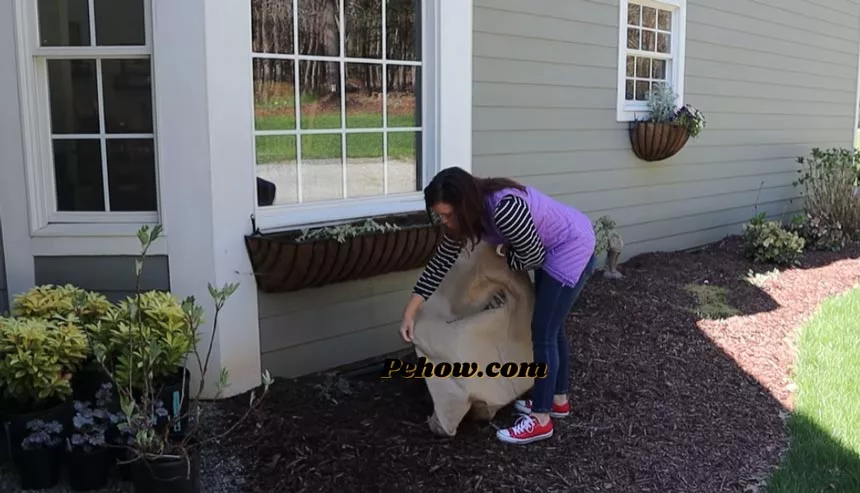Plants need sunlight and water to grow but I have to cover my plants for cold rain and pests. how long can I leave plants covered? how do I protect my plants?
Assuming you are asking how long you can cover plants for protection from cold rain or pests, the answer will depend on the type of plant. All plants can survive for at least 2-3 days. Some plants are more tolerant of being covered than others. If you are unsure, it is best to err on the side of caution and not cover the plant for too long.
Most plants should be fine if they are only covered for a few hours. If you need to cover the plant for longer periods of time, make sure to check on it regularly to ensure that it is not suffering from too much heat or humidity.
At what temperature do plants need to be covered?
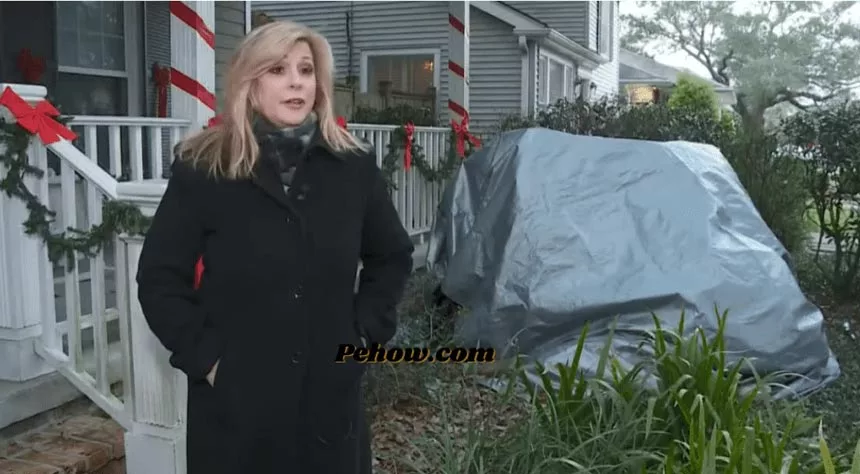
When the temperature reaches a certain point, it is necessary to cover plants in order to protect them from the cold.
This temperature varies depending on the type of plant, but most plants need to be covered when the temperature falls below 32 degrees Fahrenheit. If the temperature is expected to drop below freezing, it is important to cover plants as soon as possible in order to give them the best chance of surviving.
There are a variety of ways to protect plants from the cold, including using blankets, sheets, or tarps. It is important to make sure that the material you use is light-colored and breathable so that the plant can get the sunlight and air it needs. You also want to make sure that the material is not too heavy so that it doesn’t damage the plant.
Once you have covered the plant, it is important to check on it regularly to make sure that it is still getting enough air and sunlight. If the plant looks like it is struggling, you may need to adjust the material so that it can get the resources it needs.
What Should I Cover My Plants With?
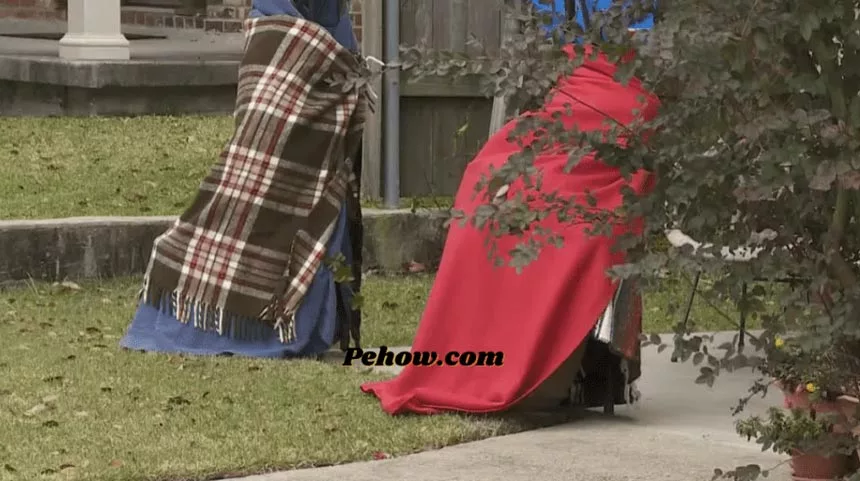
Survival of the plant depends on the cover of the plant. A cloth or tarpaulin can be used to protect the plant from extreme weather conditions. The size and type of cloth or tarpaulin will depend on the size and type of plant. here are some examples of how to use cloth or tarpaulin to protect your plants:
Cold protection
In areas where the temperature falls below freezing, you will need to provide some type of insulation for your plants. This can be done with a variety of materials, including straw, leaves, mulch, burlap, or plastic. Be sure to remove any covers during the day so that the plant can get sunlight and air.
Frost protection
If you are expecting light frost, you can protect your plants by covering them with sheets, blankets, or towels. Be sure to remove the covers during the day so that the plant can get sunlight and air.
Heat protection

In areas where the temperature rises above 90 degrees Fahrenheit, you will need to provide some type of shade for your plants. This can be done with a variety of materials, including cloth, paper, or plastic. Be sure to remove any covers during the day so that the plant can get sunlight and air.
Pest protection
You can use a variety of materials to protect your plants from pests, including netting, cheesecloth, or screen. Be sure to remove any covers during the day so that the plant can get sunlight and air.
Is it OK to cover plants with plastic?
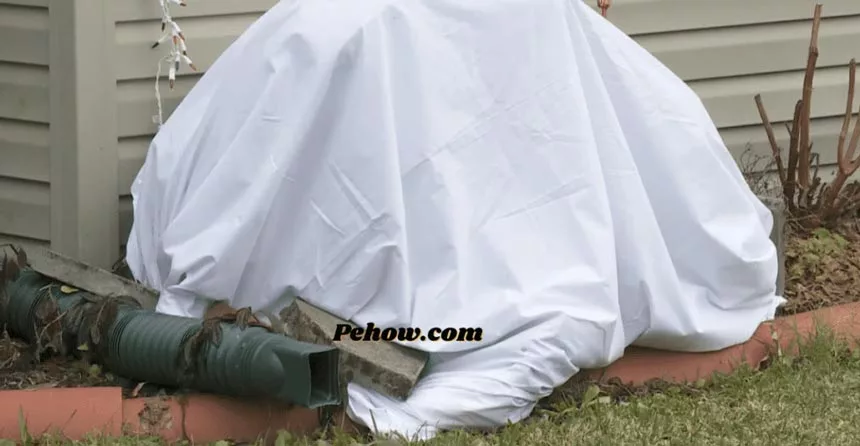
It is not generally recommended to cover plants with plastic, as it can trap moisture and lead to the development of mold or rot. However, if you are going to do so, it is important to make sure that the plastic is properly ventilated, in order to allow the plants to breathe.
Also, make sure that you don’t leave the plants covered for too long, as they will eventually start to suffocate. If you’re not sure how long is too long, a good rule of thumb is to check on them every few days and give them a chance to get some fresh air if possible.
At what temperature does frost occur on plants
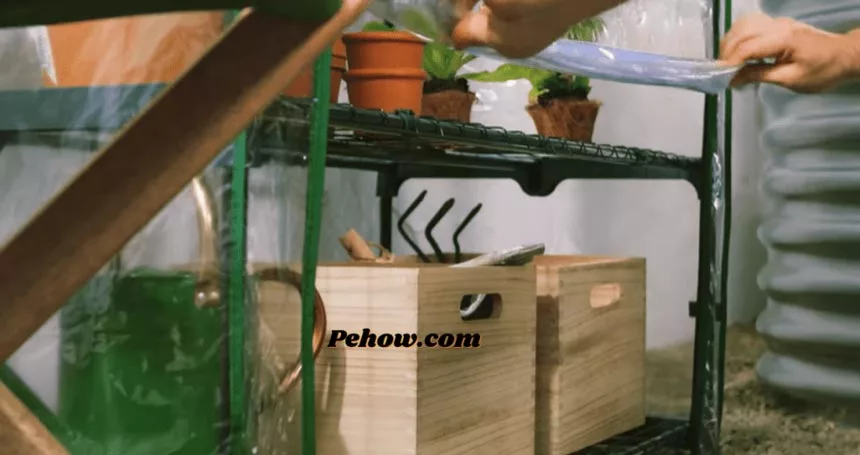
Frost can occur on plants when the temperature dips below 32 degrees Fahrenheit. However, plants can also be damaged by freezing temperatures that are above 32 degrees. This is why it’s important to know how long you can leave plants covered.
If the forecast calls for frost or freezing temperatures, it’s best to cover your plants before the sun goes down. This will help trap in heat and protect your plants from the cold. Make sure to remove the covers in the morning, so your plants don’t overheat.
Can plants get light through plastic?
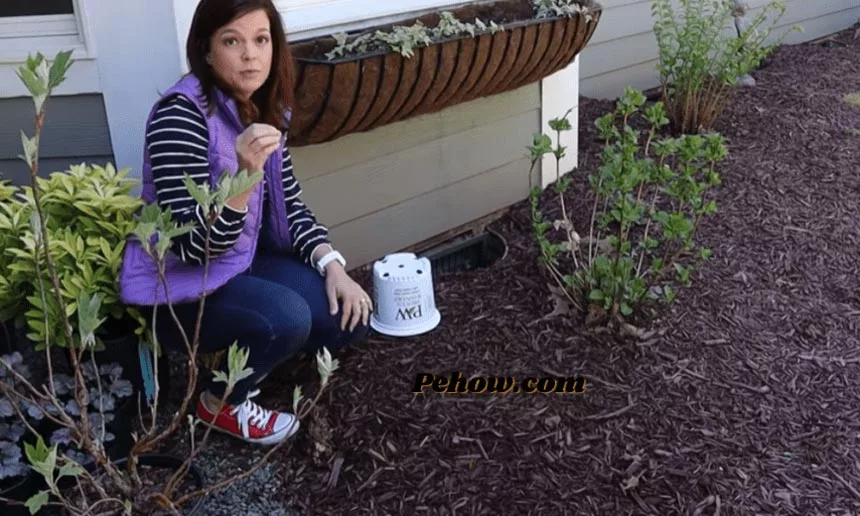
Plants can get some light through plastic, but it won’t be enough for them to grow properly. You should only leave plants covered in plastic for a short period of time, otherwise, they will not get the light they need.
What to do when it’s time to uncover plants
It’s finally spring, and your plants have been patiently waiting for their time to shine. But before you uncover them, there are a few things you should do to make sure they’re ready for the warmer weather.
First, check the forecast. You don’t want to uncover your plants if there’s still a chance of frost. Once you’re sure the temperatures are going to stay above freezing, it’s time to take a closer look at your plants.
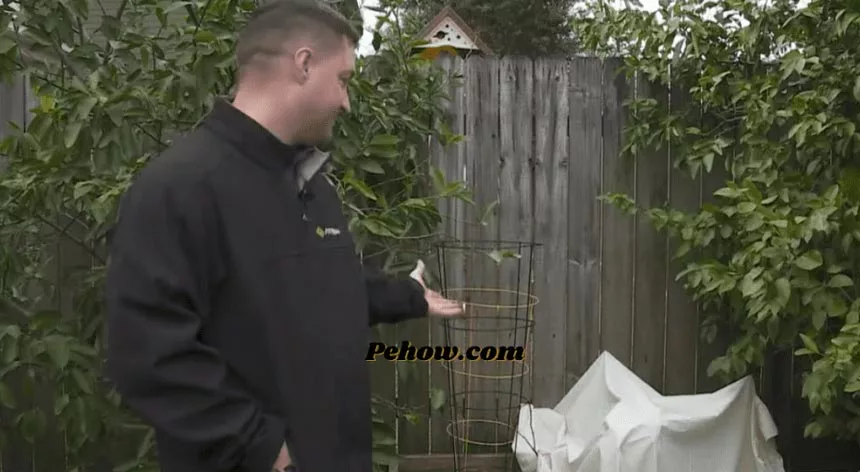
If they’ve been undercover for a long time, they may be etiolated, which means they’ve grown tall and spindly from lack of light. To prevent this, gradually acclimate them to sunlight by first moving them into a shady spot, then gradually increasing their exposure to sunlight over the course of a week or so.
your plants are looking a little pale, they may also be lacking in nutrients. Give them a boost with some fertilizer before you put them back in full sun.
And finally, make sure to water them well. They may have been getting by on the moisture in the air while they were covered, but now that they’re exposed, they’ll need to be watered more frequently.
How to protect your plants from rain
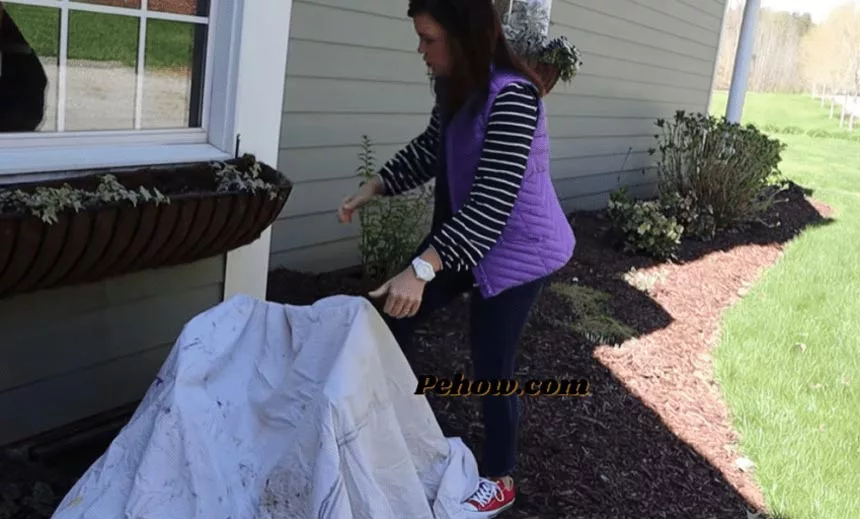
To protect your plants from rain, you can use a tarp or other cover. You can also use pots or other containers to protect the plants. If you are using a tarp, make sure to secure it so that it does not blow away. You can also use straw or other materials to help hold the tarp in place.
You should remove the tarp when the rain stops so that your plants can get sunlight and air. If you are using pots or containers, make sure to water the plants regularly.
What rain does damage to trees?
Rain can damage trees in several ways. It can damage the bark of the tree, which can make the tree more susceptible to disease. Rain can also cause the soil to become saturated, which can lead to root rot. In addition, rain can dislodge branches and leaves, which can damage the tree.
The Summary
As you can see, there are a variety of ways that you can protect your plants from the cold weather. By using one or more of these methods, you can keep your plants alive and healthy during the winter months.
Just be sure to research the best method for your particular plant, as some plants are more sensitive to the cold than others. With a little planning and preparation, you can enjoy your garden all year round.
I hope this article was helpful. If you have any questions or comments, please feel free to leave them below.


